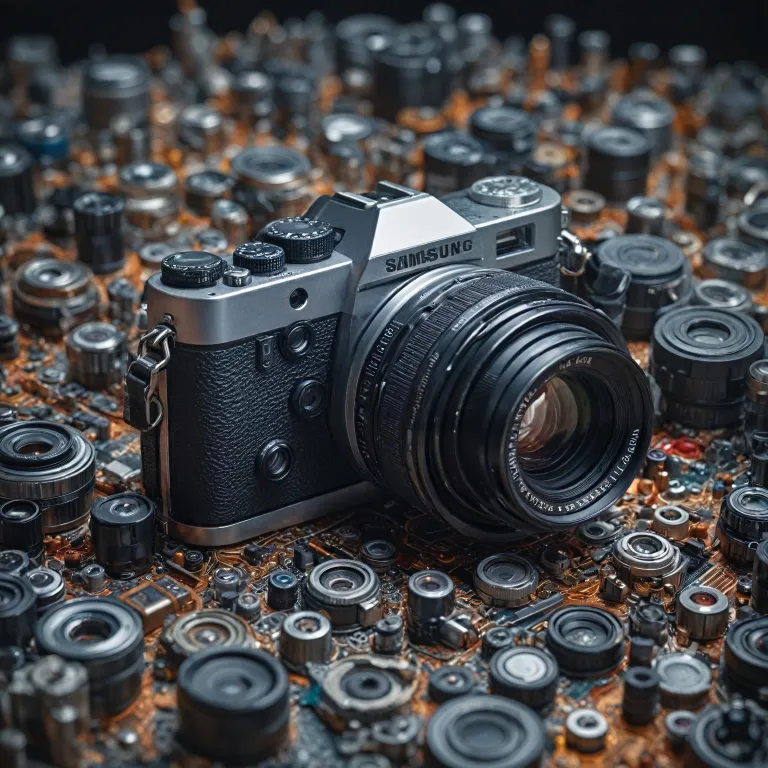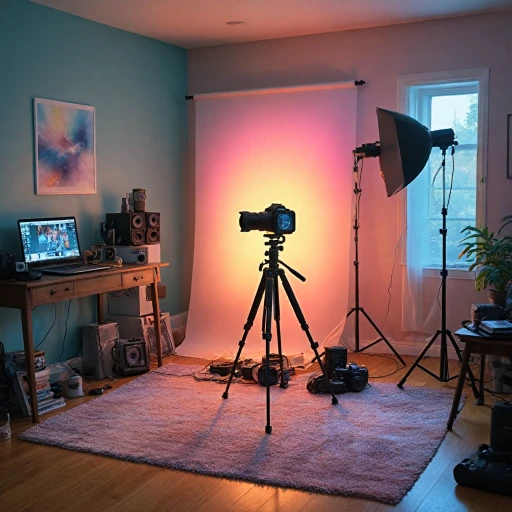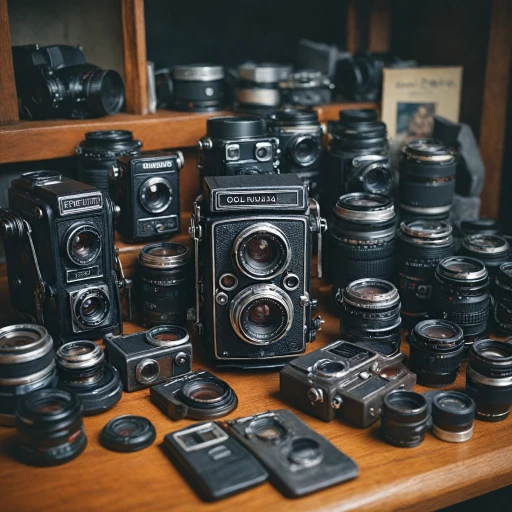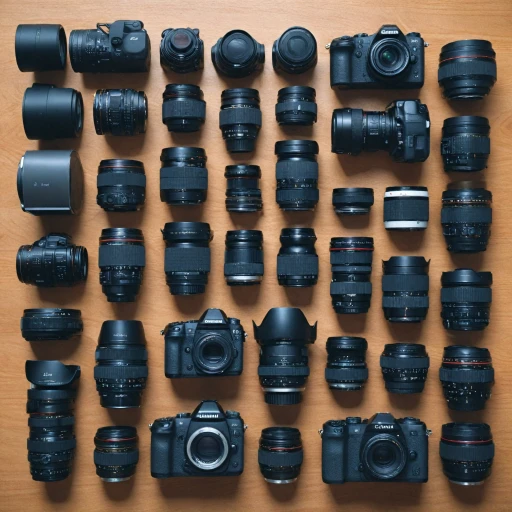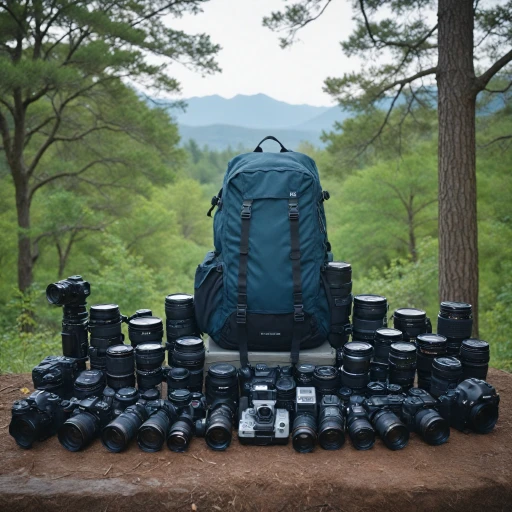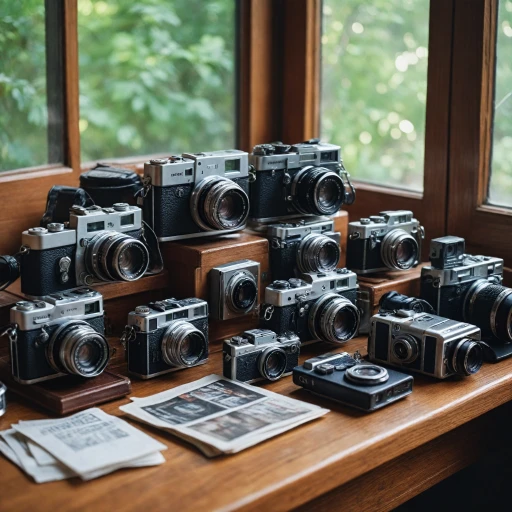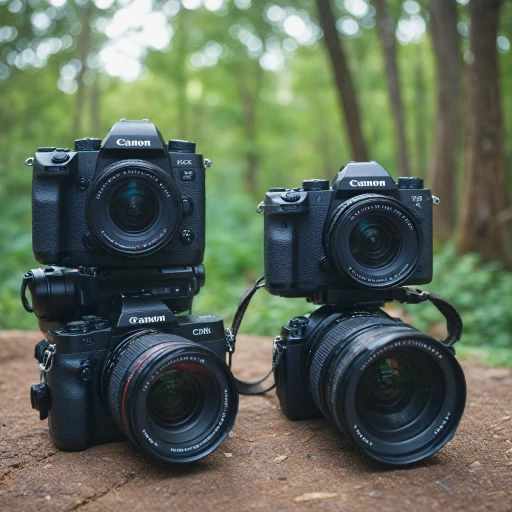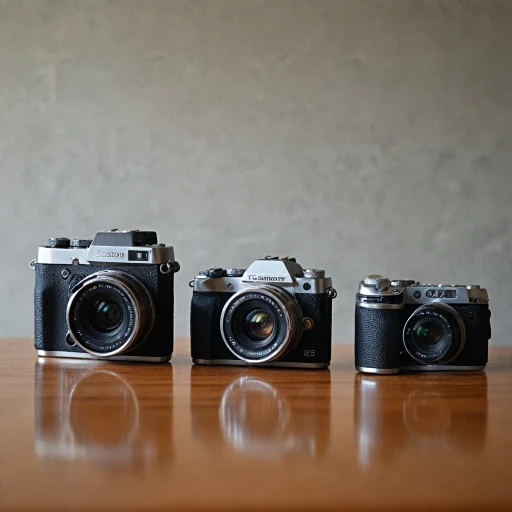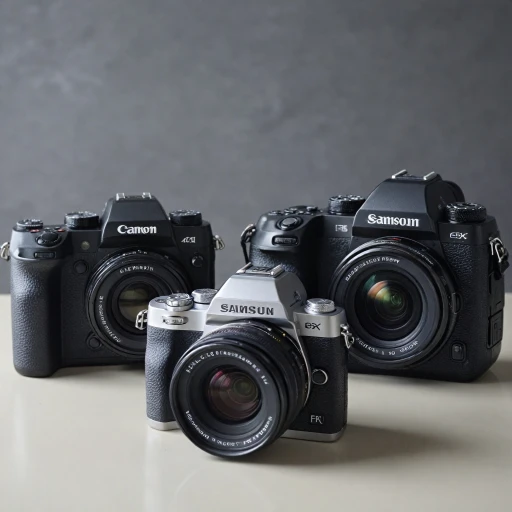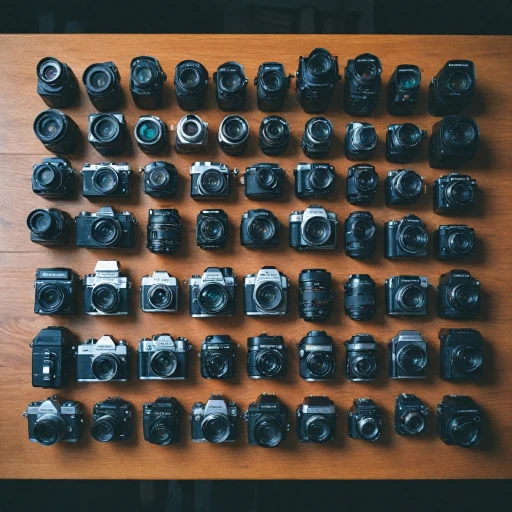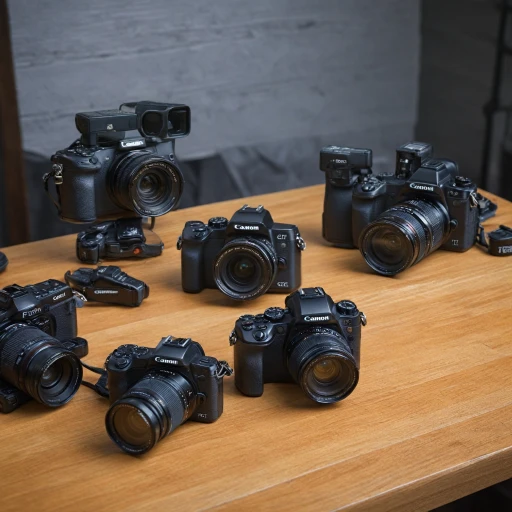
The Evolution of Digital Cameras in Filmmaking
Transformative Shifts in Camera Technology
Digital cameras have undergone significant evolution since they first appeared, particularly in the realm of filmmaking. Early digital cameras were limited in terms of resolution and color depth, but rapid technological advancements have transformed them into powerful tools in the world of cinema. One of the pivotal shifts in digital cinematography was influenced by innovations in film shot technology. As the capabilities of digital cameras expanded, filmmakers began to experiment, moving away from traditional film to digitally shot productions. This transition provided filmmakers like Michael Mann the opportunity to push creative boundaries in movies and cinema. For instance, films such as "Collateral" and "Miami Vice" exemplify the potential of digital cameras in creating striking visuals. These productions highlighted the ability of digital cameras to capture vibrant colors and sharp details even in challenging conditions like low-light settings. Further exploration into the history of digital cinema showcases the influence of visionary directors who adopted this technology early. The emergence of cameras designed for digital film, like the popular Sony Venice, provided filmmakers with the tools needed to execute their creative visions seamlessly. These advancements have been pivotal in shaping the future of digital films, setting the stage for continued evolution and innovation in filmmaking. For beginners interested in exploring this dynamic field, understanding the foundational aspects of digital camera technology is crucial. For more insights and guidance, newcomers can explore resources on choosing the ideal camera here. As digital cameras continue to evolve, filmmakers can expect an ever-expanding arsenal of technologies that promise to enhance the cinematic experience both visually and narratively.Michael Mann's Transition to Digital Filmmaking
Transitioning from Film to Digital
One of the most intriguing pivots in the realm of filmmaking was the shift by prominent directors towards digital technology, and Michael Mann was no exception. Known for his unique visual style and cinematic storytelling, Mann’s transition to digital cinematography marked a noteworthy evolution in his filmmaking methodology. The allure of digital cameras offered him a broader palette to experiment with the language of film, enabling the creation of images that were harder to capture on traditional film.
Mann's interest in digital filmaking was sparked during the production of Collateral, where he employed digital cameras to capture the vibrant nightscapes of Los Angeles. The cinematic effect was a groundbreaking moment, not only for him but also for the industry, showcasing the potential for digital technologies to bring out nuances in light and setting like never before. The ability to film in low light settings without compromising on quality was particularly beneficial for Mann's noir-inspired aesthetic, evident in films like Miami Vice.
The adoption of digital technology also allowed for greater flexibility when working on a set. Directors like Mann could now review footage instantaneously, make quicker adjustments, and maintain a higher degree of shooting film efficiency. This capability was instrumental in fostering creative exploration, as seen in Mann's digital triumphs that pushed the boundaries of conventional filmmaking. Moreover, digital cameras afforded Mann the possibility to obscure conventional boundaries within genres. Previously, shooting with film posed several limitations with regards to artsy shots and dynamic camera movements. Now, digital cinema opens up novel opportunities, encouraging filmmakers to navigate new creative dimensions.
For further insights into adapting to digital cinematography for travel photography enthusiasts, you might explore our comprehensive guide on top film cameras for travel photography that captures the essence of this technological transition.
Technical Challenges in Digital Cinematography
Overcoming the Intricacies of Digital Cinematography
The transition from traditional film to digital cameras in filmmaking presented a myriad of technical challenges. These hurdles had to be addressed to ensure that the shift enhanced rather than undermined the cinematic experience. One prominent technical challenge was the need to replicate the texture and depth traditionally achieved with film. For directors and cinematographers making the leap, achieving the warmth and light characteristic of film shot was pivotal. This focus was not just on creating visually appealing frames but on ensuring continuity in the viewer's immersive experience. Michael Mann, particularly remembered for "Miami Vice" and "Collateral," illustrates a careful balance of digital enhancements while maintaining cinematic depth. A critical concern was handling low-light conditions — an area where film stock historically excelled. Digital cameras like the Sony Venice, however, have progressively narrowed the gap, especially in night scenes or low-light settings, allowing filmmakers to capture nuanced lighting details that align closely with what was once only possible with film. Color grading and dynamic range were other focal points. Digital cinema offered greater flexibility in post-production, enabling filmmakers to experiment with color palettes that could otherwise be limiting. With digital cameras, Michael Mann was able to exert more creative control over the color and tone of his films, bringing unique visual aesthetics to the screen. Workflow integration also posed a challenge. The switch from analog to digital meant adapting to new data management processes. Digital cinematography demanded robust systems to handle vast amounts of digital data seamlessly from set to post-production. Modern advancements, drawing lessons from pioneers like George Lucas with "Star Wars," continue to refine this process, making digital filmmaking increasingly efficient and artist-friendly. For those considering venturing into digital cinematography, understanding the options and advancements is crucial. Our comprehensive guide on choosing between Fujifilm and Sony offers insights into selecting equipment that suits your specific technical and aesthetic needs. This choice is vital as filmmakers strive to balance innovation with the timeless allure of cinema.The Aesthetic Impact of Digital Cameras
The Influence of Digital Cameras on the Visual Experience
In the realm of digital cinema, the aesthetic impact of digital cameras has become a defining factor in filmmaking. The transition from traditional film to digital technology brought not only technical advantages but also a shift in visual storytelling. As filmmakers ventured into digital film, they were granted a new palette with which to paint their cinematic visions. Digital cameras like the Sony Venice have transformed the way movies are shot. By enabling filmmakers to capture high-resolution images, these cameras provide unprecedented detail and clarity. The digital format allows for enhanced control over light and exposure, which was utilized notably in films like "Miami Vice." This control extends to the post-production stage, where digital files offer more flexibility for color grading and visual effects. Michael Mann, known for his meticulous attention to detail, capitalized on these advantages. His digital filming approach in "Collateral" employed the ability of digital cameras to operate effectively under low-light conditions. This technique allowed Mann to capture the ambient light of Los Angeles at night, adding a layer of realism and atmosphere to the scenes. The result is a movie that feels immersive and intimate, drawing viewers into its world through its vivid portrayal. Such aesthetic choices, driven by the capabilities of digital cameras, have not only shifted the narrative style but also the emotional impact on the audience. For instance, the texture of films digitally shot, such as "The Curious Case of Benjamin Button," demonstrates how digital technology can maintain the cinematic quality of traditional film while offering new visual possibilities. This ability to seamlessly blend modern techniques with classic storytelling continues to be explored by filmmakers worldwide, pushing the boundaries of what cinema can achieve. With the ongoing advancements in digital camera technology, the future of digital filmmaking promises even more innovation. As filmmakers and cinematographers continue to experiment and exploit these tools, the digital camera will undoubtedly remain at the heart of cinematic evolution.Case Study: Michael Mann's Digital Masterpieces
Michael Mann's Digital Cinematic Achievements
Michael Mann's journey into digital filmmaking has resulted in some of the most visually striking films in modern cinema. His work exemplifies the transformative power of digital cameras in storytelling. By embracing digital technology, Mann has been able to push the boundaries of traditional filmmaking, creating a unique aesthetic that has become a hallmark of his style.
"Collateral": A Digital Revolution
One of Mann's most notable digitally shot films is "Collateral." This movie was a turning point in digital cinema, showcasing the capabilities of digital cameras in capturing the vibrant nightlife of Los Angeles. The use of digital cameras allowed Mann to shoot in low-light conditions, bringing a raw and authentic feel to the film. The Sony Venice camera, known for its excellent low-light performance, played a crucial role in achieving the film's distinctive look.
"Miami Vice": Pushing the Boundaries
In "Miami Vice," Mann continued to explore the possibilities of digital cinematography. The film's sleek visuals and dynamic camera work were made possible by the flexibility of digital cameras. By shooting digitally, Mann was able to experiment with different lighting setups and camera angles, resulting in a visually stunning film that captured the essence of Miami's vibrant atmosphere.
The Impact of Digital Cinematography
Digital cinematography has allowed filmmakers like Mann to explore new creative avenues. The ability to shoot in challenging conditions and experiment with different visual styles has opened up a world of possibilities for directors. Mann's work demonstrates how digital technology can enhance storytelling, providing filmmakers with the tools to create visually compelling narratives.
Looking Ahead
As digital technology continues to evolve, filmmakers will have even more opportunities to push the boundaries of traditional cinema. Mann's digital masterpieces serve as a testament to the potential of digital cameras in filmmaking, inspiring a new generation of directors to explore the possibilities of digital cinema.
